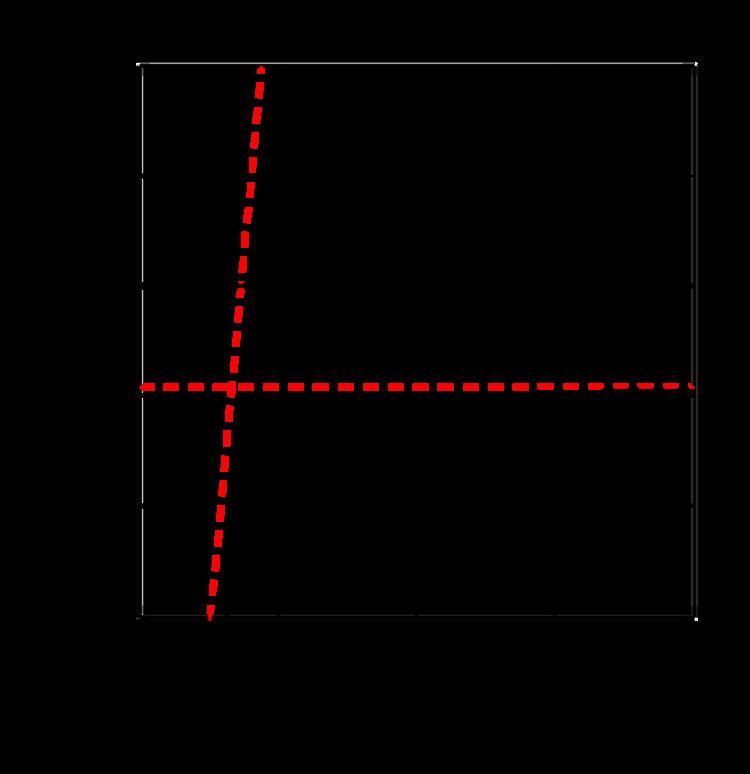 | ||
In physics, polaritons /pəˈlærᵻtɒnz, poʊ-/ are quasiparticles resulting from strong coupling of electromagnetic waves with an electric or magnetic dipole-carrying excitation. They are an expression of the common quantum phenomenon known as level repulsion, also known as the avoided crossing principle. Polaritons describe the crossing of the dispersion of light with any interacting resonance. The polariton is a bosonic quasiparticle, and should not be confused with the polaron (a fermionic one), which is an electron plus an attached phonon cloud.
Contents
Whenever the polariton picture is valid, the model of photons propagating freely in crystals is insufficient. A major feature of polaritons is a strong dependency of the propagation speed of light through the crystal on the frequency. For exciton-polaritons, rich experimental results on various aspects have been gained in copper (I) oxide.
History
Oscillations in ionized gases were observed by Tonks and Langmuir in 1929. Polaritons were first considered theoretically by Tolpygo. They were termed light-excitons in Ukrainian and Russian scientific literature. That name was suggested by Pekar, but the term polariton, proposed by Hopfield, was adopted. Coupled states of electromagnetic waves and phonons in ionic crystals and their dispersion relation, now known as phonon polaritons, were obtained by Tolpygo in 1950 and, independently, by Kun in 1951. Collective interactions were published by Pines and Bohm in 1952, and plasmons were described in silver by Fröhlich and Pelzer in 1955. Ritchie predicted surface plasmons in 1957, then Ritchie and Eldridge published experiments and predictions of emitted photons from irradiated metal foils in 1962. Otto first published on surface plasmon-polaritons in 1968.
Types
A polariton is the result of the mixing of a photon with a polar excitation of a material. The following are types of polaritons:
